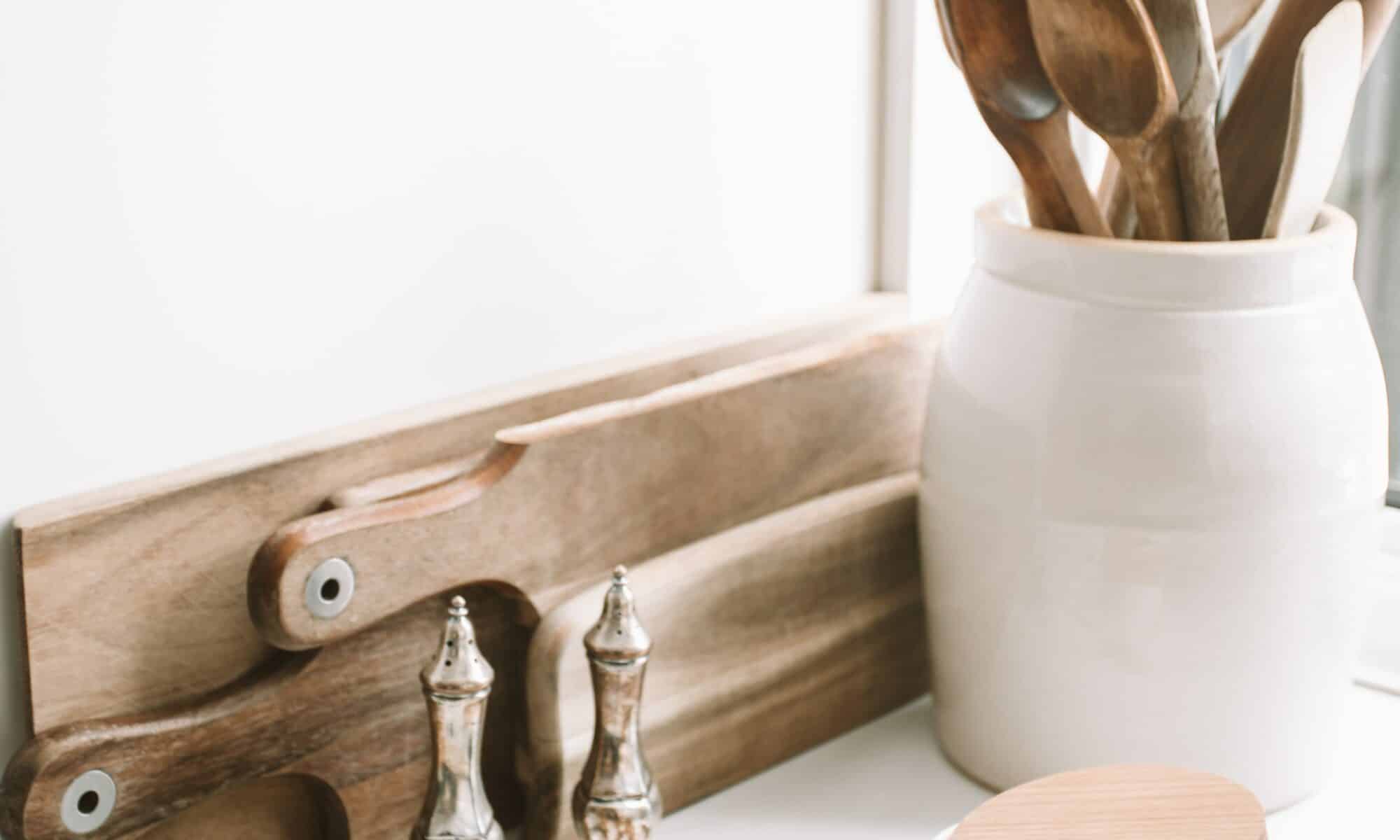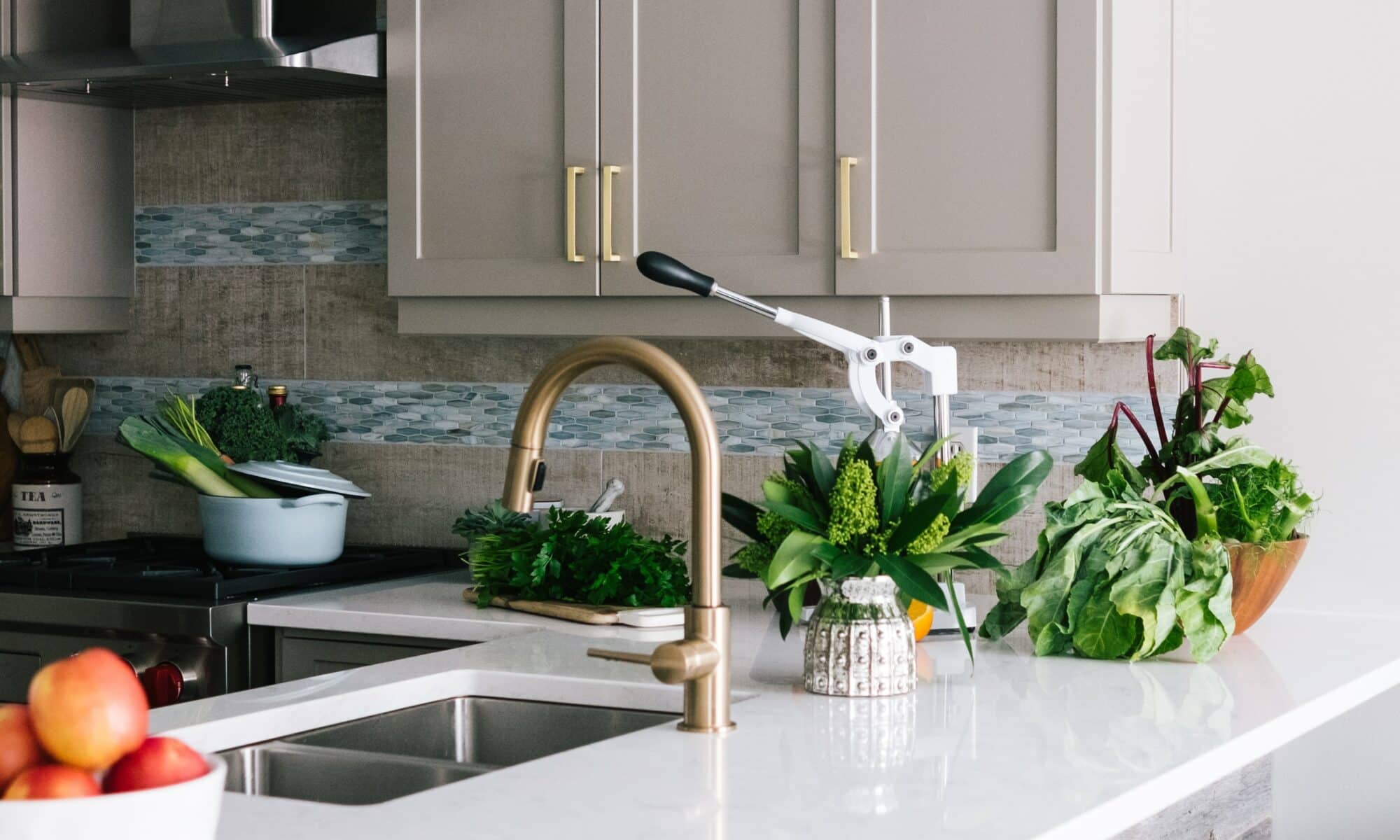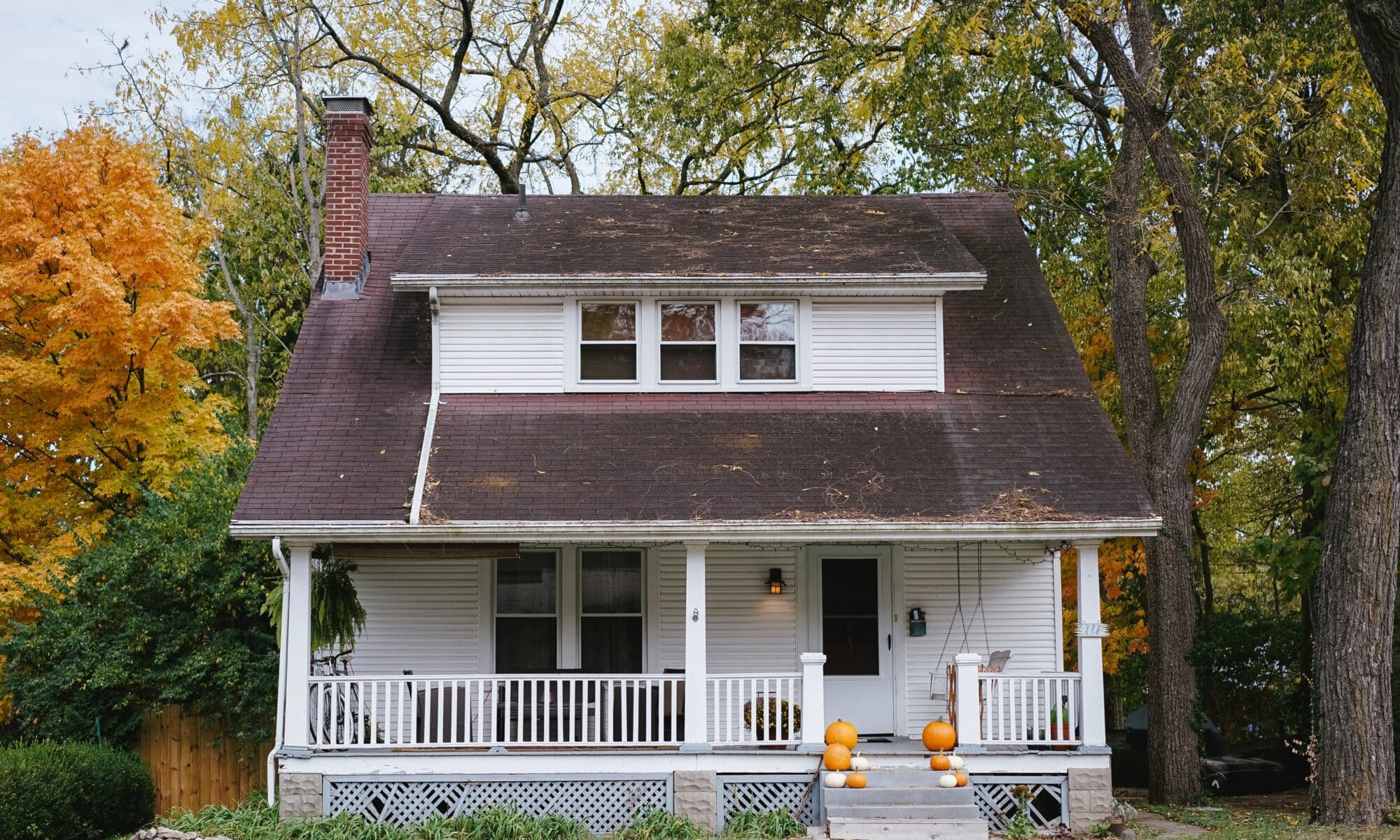The Art of Exterior Painting
Exterior painting is an art that goes beyond simply applying a new coat of paint. It involves careful planning, selection of the right materials, and execution of techniques to ensure a result that not only enhances the aesthetic appeal of the property but also offers long-term protection.
Importance of Exterior Painting
Exterior painting plays a critical role in home maintenance. A well-executed paint job does more than boost curb appeal. It serves as a primary line of defense against various elements such as sun, rain, and pests, contributing to the longevity of the building structure. Moreover, a fresh coat of paint can significantly increase property value, making it an investment that often yields high returns. For more insights on the frequency of repainting and its benefits, explore our article how often should you repaint your home and why?
Factors Involved in a Successful Exterior Painting Job
Achieving a successful exterior painting job involves several key factors.
Preparation: This is a crucial step that directly impacts the outcome of the painting job. It includes cleaning the surface, fixing any damages, scraping off loose paint, and priming, among other tasks. Ignoring proper preparation can lead to common exterior painting mistakes every homeowner should avoid. For a comprehensive guide on getting started with your painting project, refer to our article 10 things you need to know before starting your painting project.
Quality of Materials: The durability and finish of the paint job largely depend on the quality of materials used, including the paint and tools. High-quality paint provides better coverage, lasts longer and withstands weather conditions more efficiently. Check out our article why quality paint is worth the price: an expert’s perspective to understand the importance of investing in good quality paint.
Color Selection: The choice of color can significantly influence the aesthetic appeal of your home. It’s important to consider factors like architectural style, surrounding environment, and personal preference while making a decision. For the latest trends in home painting colors, visit the top 7 interior home painting colors for 2023.
Proper Application: Consistent application of paint ensures an even finish. This requires skill and patience, especially when dealing with complex structures and patterns.
Maintenance: Regular maintenance helps to keep the paint looking fresh and extends its lifespan. This involves routine cleaning, touch-ups, and timely recoating.
By understanding these factors, homeowners can navigate the process of exterior painting with ease and avoid common pitfalls, ensuring a result that is both visually pleasing and durable.
Common Exterior Painting Mistakes
The process of exterior painting can be quite complex, involving a host of factors that, if overlooked, can result in less than stellar results. Here are some common exterior painting mistakes every homeowner should avoid.
Insufficient Preparation
One of the most common pitfalls in exterior painting is insufficient preparation. This can involve anything from failing to thoroughly clean and prime the surface to skipping essential repairs. A well-prepared surface is critical for paint adhesion and longevity. Failing to properly prepare the surface can result in an uneven paint job, peeling paint, or visible imperfections. To avoid this mistake, ensure to dedicate sufficient time to prepare the surface, including cleaning, sanding, and priming as necessary. Learn more about proper preparation techniques in our article on 10 things you need to know before starting your painting project.
Neglecting Weather Conditions
The impact of weather on an exterior painting project can’t be overstated. Painting in extreme temperatures, high humidity, or even windy conditions can negatively affect the application and drying process of the paint. For instance, painting in direct sunlight can cause the paint to dry too quickly, leading to brush marks and clumps. On the other hand, rain can wash away wet paint and ruin your hard work. Therefore, always consider the weather forecast before starting your exterior painting project.
Choosing the Wrong Type of Paint
Another common mistake is choosing the wrong type of paint for the job. Not all paints are the same, and using the wrong one can result in poor coverage, fading, or peeling. For example, latex-based paint is typically a good choice for exterior painting because it expands and contracts with the siding, but oil-based paint might be needed for surfaces like iron railings. Additionally, the finish of the paint (gloss, semi-gloss, satin, flat) can also affect the appearance and durability of the paint job. Remember to consider the type of surface you’re painting and the expected wear and tear when choosing your paint. For a deeper understanding of why quality paint is worth the price, read our expert’s perspective here.
By being aware of these common exterior painting mistakes, homeowners can ensure that their next painting project is a success. Proper preparation, attention to weather conditions, and selecting the right paint are all crucial steps in achieving a professional-looking finish.
Avoiding Painting Pitfalls
Exterior painting can appear deceptive in its simplicity, but many homeowners learn the hard way that it’s easy to fall into common traps. With proper knowledge and preparation, these exterior painting mistakes can be avoided for a successful painting project.
Proper Preparation Techniques
Preparation is a key aspect of any painting project. One common mistake is rushing through or skipping the preparation stage. This includes cleaning the exterior, patching holes or cracks, sanding rough spots, and applying primer if necessary.
Before painting, the exterior should be thoroughly cleaned to remove dirt, mildew, and loose or peeling paint. A pressure washer can be used for this task, but be sure to use a gentle setting to avoid damage. For more on this, visit our guide on how to pressure wash your house in 5 simple steps.
Patching and sanding are crucial for a smooth surface, ensuring the paint adheres properly. Any bare wood should be primed before painting to seal the wood and prevent the paint from soaking in.
Understanding the Impact of Weather
Weather conditions can significantly impact the success of an exterior paint job. Painting in extreme temperatures, whether too hot or too cold, can cause paint to dry too quickly or not at all. Highly humid or wet conditions can prevent paint from adhering properly, leading to peeling or blistering.
It’s crucial to monitor the weather forecast before beginning a painting project, and avoid painting in adverse conditions. The ideal conditions for exterior painting are mild temperatures, low humidity, and little to no wind.
Selecting the Right Paint for Your Home’s Exterior
Choosing the right paint is crucial to the longevity and appearance of your paint job. Not all paints are created equal, and the type of paint you select should be compatible with your home’s exterior material.
There are two main types of paint to choose from: oil-based and water-based (latex) paint. Oil-based paint is durable and resistant to wear and tear, making it a good choice for high-traffic areas or surfaces that come in contact with water. However, it’s more difficult to work with and requires a special type of primer.
Water-based paint, on the other hand, is easier to work with and clean up, dries quickly, and is less prone to cracking. It’s also more environmentally friendly than oil-based paint.
When choosing your paint, also consider the finish. Gloss and semi-gloss finishes are durable and easy to clean, making them a good choice for areas that are exposed to the elements or prone to dirt and grime. Flat finishes, while less durable, can hide imperfections in the surface.
Remember, quality matters when it comes to paint. High-quality paint will provide better coverage, last longer, and resist fading and weather damage. For more on this, check out our article on why quality paint is worth the price: an expert’s perspective.
By properly preparing the exterior, understanding the impact of weather conditions, and selecting the right paint, homeowners can avoid common pitfalls and achieve a successful exterior painting project. For more tips, check out our article on 10 things you need to know before starting your painting project.
Mistakes with Color Choices
A critical aspect of exterior painting involves the selection of the right color. There are several pitfalls homeowners fall into when it comes to color choices, leading to unsatisfactory results. This section will examine these common mistakes and provide insights on how to avoid them.
Disregarding the Home’s Architecture and Surrounding Environment
One common mistake is ignoring the architectural style of the home and the surrounding environment when choosing paint colors. The architectural style of the house can significantly influence the color palette that will work best. For example, a Victorian-style house may look best with a more traditional color scheme, while a modern home might be suited to bold, contemporary colors.
Similarly, the surrounding environment should be taken into consideration. The colors of the neighboring houses, the natural landscape, and the overall vibe of the neighborhood can all influence the choice of exterior paint color. By disregarding these factors, homeowners risk choosing colors that clash with the environment or fail to highlight the home’s architectural features.
Ignoring Color Trends and Combinations
Another common pitfall is ignoring current color trends and combinations. While it’s not necessary to strictly follow trends, they can provide inspiration and ideas for color schemes. This is especially important when considering the resale value of the house; a fresh, trendy paint job can enhance curb appeal.
Furthermore, it’s essential to consider color combinations and how different colors will work together on the home’s exterior. Homeowners often make the mistake of choosing colors in isolation, without considering how they will look when paired together. For more guidance on current color trends and combinations, check out our article on the top 7 interior home painting colors for 2023.
Failing to Test Colors Before Full Application
Perhaps the most common mistake homeowners make is failing to test colors before applying them to the entire exterior of the home. Paint colors can look dramatically different under varying lighting conditions and against different materials. What looks good in the store under fluorescent lighting might not look the same in natural light or against the material of your home.
To avoid this pitfall, it’s recommended to test the chosen colors on a small, inconspicuous area of the exterior before proceeding with the full application. This allows for any necessary adjustments to be made before it’s too late.
Remember, avoiding these common color choice mistakes can significantly impact the success of your exterior painting project. Take the time to make thoughtful decisions about your color choices and test them thoroughly before application. And for more tips and advice on exterior painting, visit our painting and decorating page.
Application Errors to Avoid
Executing an exterior painting project flawlessly requires attention to detail at every stage. There are several common application errors that homeowners make, which can lead to unsatisfactory results. Let’s explore these mistakes and how to avoid them.
Rushing the Painting Process
A common exterior painting mistake every homeowner should avoid is rushing the painting process. Painting is not just about applying a coat of paint on the walls. It involves careful preparation, application, and drying time.
Rushing through these steps can result in a subpar finish with visible brush strokes, drips, and an uneven coat. Allow adequate time for each step, and remember that patience is key to achieving a professional-looking finish. Check out our guide on the 10 things you need to know before starting your painting project for more details.
Inconsistent Paint Application
Inconsistent paint application is another mistake that can detract from the final appearance of your home’s exterior. This usually happens when the paint is applied unevenly, resulting in areas that are lighter or darker than others.
To avoid this, it’s essential to mix your paint thoroughly before starting and to continue stirring it periodically during the application process. Additionally, apply the paint in a consistent manner, working in small sections at a time to ensure an even coat.
Remember to keep a wet edge while painting to avoid lap marks. This involves overlapping the wet paint onto the dry sections to ensure a seamless appearance.
Neglecting Proper Cleanup and Maintenance
After the painting project is completed, it’s crucial to clean up properly and maintain your newly painted exterior. Neglecting this step can lead to premature peeling and fading of paint.
Clean your brushes and rollers thoroughly, and store them properly to ensure their longevity. Seal your paint cans tightly to prevent the paint from drying out and to keep it ready for touch-ups in the future.
Moreover, regular maintenance of your home’s exterior, such as cleaning and minor touch-ups, can extend the life of your paint job. Our article on how often should you repaint your home and why? provides valuable insights into maintaining your home’s exterior paint.
By avoiding these application errors, you can ensure a successful exterior painting project that enhances the aesthetic appeal and value of your home. Remember, a well-executed paint job is not just about the final result but also about the process involved. Take your time, pay attention to detail, and use quality materials to achieve the best outcome.
Expert Tips for Successful Exterior Painting
To avoid the common exterior painting mistakes every homeowner should avoid, it’s vital to approach your painting project with a well-thought-out plan, use high-quality tools and materials, and commit to maintaining your home’s exterior after painting.
Planning Your Painting Project
A well-planned painting project is often a successful one. Before starting, take the time to assess the size and scope of your project, and identify any potential challenges you may encounter. This includes considering factors such as the weather conditions, the type and condition of your home’s exterior, and the color and type of paint you intend to use.
Do your research or consult with a professional painter to understand what the project entails. This will help you establish a realistic timeline and budget for your project. For additional tips on planning your painting project, check out our article on 10 things you need to know before starting your painting project.
Using high-quality tools and materials is key to achieving a professional-looking finish and ensuring the longevity of your paint job. While it may be tempting to save money on cheaper products, it’s important to remember that the quality of your tools and paint can significantly impact the final result.
Invest in a good-quality paint that is suitable for your home’s exterior and designed to withstand the elements. Similarly, choose brushes, rollers, and other tools that are appropriate for your specific project. For more information, check out our article on why quality paint is worth the price: an expert’s perspective.
Maintaining Your Home’s Exterior After Painting
After investing time and effort into painting your home’s exterior, it’s crucial to maintain it to ensure the paint job lasts as long as possible. Regularly inspect your home’s exterior for any signs of damage or wear and make any necessary repairs promptly.
Clean your home’s exterior periodically to remove dirt and other debris that could damage the paint. You can do this by using a pressure washer or a soft brush with mild detergent. For more detailed information on maintaining your home’s exterior, check out our article on how to pressure wash your house in 5 simple steps.
By following these expert tips, you can avoid common painting pitfalls and ensure your home’s exterior looks great and stands up to weather and time.











